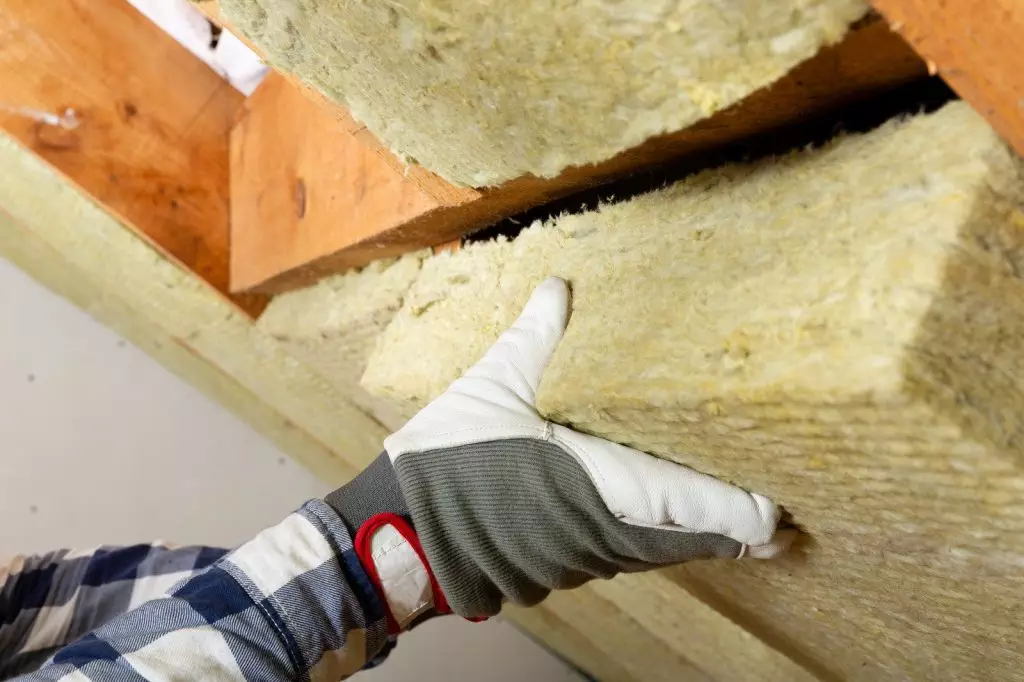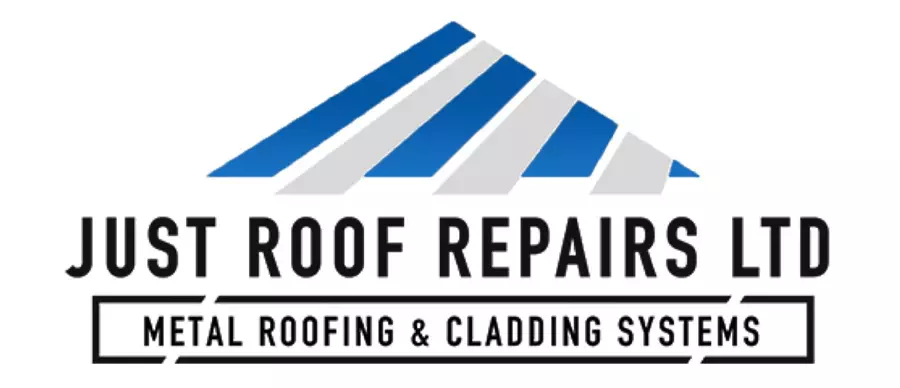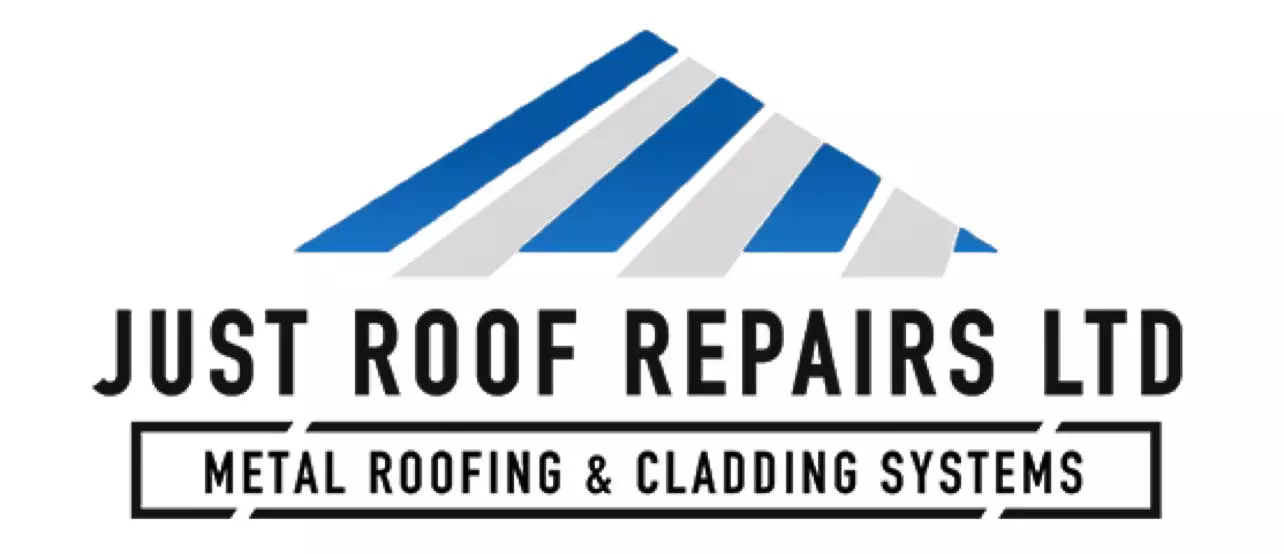In the UK climate, roof insulation isn’t just an afterthought; it’s essential for maintaining energy efficiency and comfort in your home. With the country’s unpredictable weather patterns, understanding the types and effectiveness of insulation materials can save you money and improve your living environment. Have you noticed drafts or rising energy bills? These could be signs your insulation needs attention, but there’s more to reflect on before making any changes.

Key Takeaways
- Roof insulation is crucial in the UK climate for reducing heat loss during cold winters and maintaining comfortable indoor temperatures.
- Effective insulation minimises energy costs by decreasing reliance on heating systems, particularly important given fluctuating energy prices.
- Moisture management is essential; proper insulation prevents dampness and mould growth, common issues in the UK’s humid environment.
- Homeowners should regularly inspect insulation for signs of damage or compression to ensure optimal performance and energy efficiency.
- Various insulation materials, including mineral wool and spray foam, cater to the diverse needs of UK homes, enhancing thermal resistance.
Understanding Roof Insulation: Types and Materials
When it comes to roof insulation, understanding the various types and materials available is essential for optimising energy efficiency in your home.
Different roof types—flat, pitched, and vaulted—require specific insulation solutions. For flat roofs, rigid board insulation often provides effective thermal performance, while pitched roofs benefit from a combination of mineral wool and foil-backed boards.
Each material offers unique insulation benefits, such as improved thermal resistance and moisture control. For instance, spray foam insulation expands to seal gaps, enhancing energy efficiency.
On the other hand, fibreglass batts are cost-effective and easy to install. By choosing the right insulation type and material for your roof, you can considerably reduce heat loss and increase the comfort of your living space.
The Importance of Roof Insulation for Energy Efficiency
Roof insulation plays an essential role in enhancing your home’s energy efficiency by considerably reducing energy costs.
By effectively regulating indoor temperatures, it minimises the need for heating and cooling systems, leading to lower utility bills.
Investing in quality insulation not only benefits your wallet but also contributes to a more sustainable living environment.
Energy Cost Savings
While many homeowners overlook the importance of roof insulation, it plays a vital role in improving energy efficiency and reducing energy costs.
By properly insulating your roof, you can achieve considerable energy savings, as it prevents heat loss during colder months and keeps your home cooler in the summer. This efficiency translates directly to lower energy bills, making it a smart investment.
Additionally, various insulation grants are available, helping to offset installation costs and encouraging homeowners to prioritise this essential upgrade.
It’s important to assess your current insulation and consider improvements, as even minor upgrades can greatly impact your overall energy expenses.
With the right roof insulation, you can enjoy both comfort and significant financial benefits in the long run.
Temperature Regulation Benefits
Effective temperature regulation within your home hinges greatly on proper insulation, particularly in the roof.
Roof insulation plays an important role in maintaining temperature stability, minimising heat loss during winter and preventing overheating in summer. By creating a thermal barrier, it reduces the need for excessive heating or cooling, ultimately enhancing your comfort.
This not only leads to a more pleasant living environment but also contributes to energy efficiency, decreasing your utility bills. Furthermore, consistent temperatures throughout your home allow for better performance of your heating and cooling systems, reducing wear and tear.
Investing in high-quality roof insulation is essential for achieving these temperature regulation benefits, ensuring your home remains comfortable year-round while also promoting sustainability.
How Roof Insulation Affects Your Home’s Thermal Performance
Insulation plays an essential role in determining your home’s thermal performance, influencing how effectively it retains heat during the colder months and stays cool in the summer.
Proper insulation thickness is critical; too thin, and you risk creating thermal bridges—areas where heat escapes more easily. These bridges can considerably reduce your home’s energy efficiency, leading to increased heating and cooling costs.
Effective insulation minimises these thermal bridges, maintaining consistent temperatures throughout your home. Additionally, it improves comfort levels by preventing drafts and cold spots.
By optimising insulation thickness, you create a barrier against external temperature fluctuations, ensuring your home remains energy-efficient year-round.
Ultimately, investing in quality roof insulation is essential for maximising your home’s thermal performance.
Common Signs Your Roof Insulation Needs Upgrading
How can you tell if your roof insulation is due for an upgrade? Look for signs of insulation deterioration, such as noticeable temperature fluctuations inside your home.
If you’re experiencing drafts or higher energy bills, your insulation may not be performing effectively.
Additionally, inspect for moisture damage—this can manifest as stains on your ceiling or walls, indicating that water is penetrating your insulation.
A damp or musty smell could also suggest trapped moisture, compromising your insulation’s integrity.
If you find any of these issues, it’s vital to address them promptly.
Upgrading your roof insulation not only improves comfort but also guarantees energy efficiency and protects your home from further damage.
Don’t wait until it’s too late.
The Installation Process: What to Expect
When considering roof insulation, you’ll encounter various materials, each with unique properties suited to the UK climate.
Understanding the professional installation process is essential, but if you prefer a hands-on approach, there are important DIY considerations to weigh.
This section will guide you through what to expect during the installation, ensuring you’re well-informed for your project.
Types of Insulation Materials
While selecting the right insulation material for your roof, you must consider various options customised to the UK climate.
Spray foam offers excellent air sealing and insulation properties, making it suitable for irregular spaces.
Fibreglass batts are popular for their cost-effectiveness and ease of installation, while cellulose insulation, made from recycled paper, provides an eco-friendly option with good thermal performance.
Mineral wool is fire-resistant and soundproof, ideal for homes needing additional safety.
Rigid boards and foam boards deliver high insulation values in a slim profile, perfect for tight spaces.
Finally, reflective barriers help reflect radiant heat, enhancing overall energy efficiency.
Each material has distinct advantages, so evaluate your home’s specific needs carefully.
Professional Installation Steps
Understanding the professional installation process for roof insulation is crucial to attaining ideal energy efficiency and comfort in your home.
First, expect a thorough professional assessment, where experts evaluate your roof’s current condition and insulation needs. This step guarantees they recommend the most suitable materials and methods for your specific situation.
Next, your installation timeline will be established, detailing when work will commence and how long it will take.
Typically, the installation involves preparing the area, removing any old insulation, and carefully placing the new material to maximise effectiveness.
After installation, professionals will conduct a final inspection to verify everything meets safety and efficiency standards.
DIY Installation Considerations
If you’re considering a DIY approach to roof insulation, it’s important to grasp the key aspects of the installation process.
Start by selecting the right materials; options like fibreglass, foam boards, or reflective insulation each have unique benefits. Familiarise yourself with effective insulation techniques—such as batt, spray, or blown-in insulation—to determine which suits your project best.
Equip yourself with essential DIY tools like a utility knife, measuring tape, and a staple gun. Don’t overlook safety precautions; always wear suitable protective gear, including gloves and a mask, to safeguard against dust and fibres.
Cost Considerations for Roof Insulation Projects
When planning a roof insulation project, it’s essential to contemplate not just the material costs but also the long-term savings on energy bills and potential government incentives.
Effective budget planning involves evaluating various insulation materials, as their prices can vary considerably. Higher upfront costs for materials like spray foam may yield better thermal performance and energy efficiency, resulting in lower heating expenses over time.
Additionally, consider the installation method, as professional services can add to your initial expenditure. However, investing wisely in quality insulation can improve your property’s value and comfort.
Always research available grants or subsidies, as these can help offset your overall costs and encourage your material selection process.
Maintenance Tips for Long-Lasting Roof Insulation
To guarantee your roof insulation remains effective over time, regular maintenance is crucial. Schedule a roof inspection at least once a year to identify any damage or wear.
Look for signs of moisture, mould, or drooping, as these can compromise insulation performance. Confirm that vents are clear to promote proper airflow, reducing the risk of condensation buildup.
During your inspections, assess the insulation itself for compression or gaps; replacing or adding insulation can greatly improve energy efficiency.
Additionally, keep an eye on your roof’s exterior, as debris can trap moisture and lead to deterioration.
Frequently Asked Questions
How Does Roof Insulation Impact Home Resale Value?
Roof insulation greatly impacts your home’s resale value.
By enhancing energy efficiency, potential buyers see lower utility bills and a more comfortable living environment. This added value boosts your property’s appeal, making it stand out in a competitive market.
Well-insulated homes often command higher prices, as buyers prioritise sustainability and long-term savings.
Investing in quality roof insulation not only benefits your current living situation but also pays off when it’s time to sell.
Can I Install Roof Insulation Myself?
You can install roof insulation yourself, but it’s crucial to prioritise installation safety.
DIY insulation involves selecting the right materials and understanding your roof’s structure. Make certain you wear protective gear, like gloves and a mask, to avoid exposure to harmful substances.
Familiarise yourself with local building codes and guidelines, as improper installation can lead to issues such as moisture buildup or reduced energy efficiency.
Thorough planning will guarantee a successful DIY insulation project.
What Is the Lifespan of Roof Insulation Materials?
The lifespan of roof insulation materials varies greatly, often ranging from 10 to 50 years.
When evaluating insulation durability, consider material comparison: fibreglass typically lasts around 20-30 years, while foam boards can exceed 50 years.
Mineral wool offers similar longevity to fibreglass, but its performance can degrade if exposed to moisture.
Proper installation and maintenance will improve the lifespan of any insulation, ensuring effective thermal performance over time.
Are There Government Grants for Roof Insulation Upgrades?
Yes, there are government grants available for roof insulation upgrades, aimed at improving energy efficiency in homes.
These funding options can greatly reduce your out-of-pocket costs. Programs may vary by region, so check local government websites or energy efficiency initiatives for specific details.
How Does Roof Insulation Reduce Noise Pollution?
Roof insulation effectively reduces noise pollution by providing soundproofing benefits.
When you use high-quality insulation materials, like mineral wool or cellulose, they absorb sound waves, preventing them from travelling through your roof. This creates a quieter indoor environment, especially in urban areas or near busy roads.
Conclusion
In conclusion, effective roof insulation is crucial for enhancing energy efficiency and maintaining a comfortable indoor climate in the UK. By recognising the signs that indicate a need for upgrades and understanding the various materials and installation processes, you can make informed decisions for your home. Investing in quality insulation not only reduces energy costs but also supports sustainability efforts. Prioritising your roof insulation guarantees peak thermal performance, ultimately contributing to a more energy-efficient living environment.


